Archive
null
KubaParis
Tales From The Dark Forest

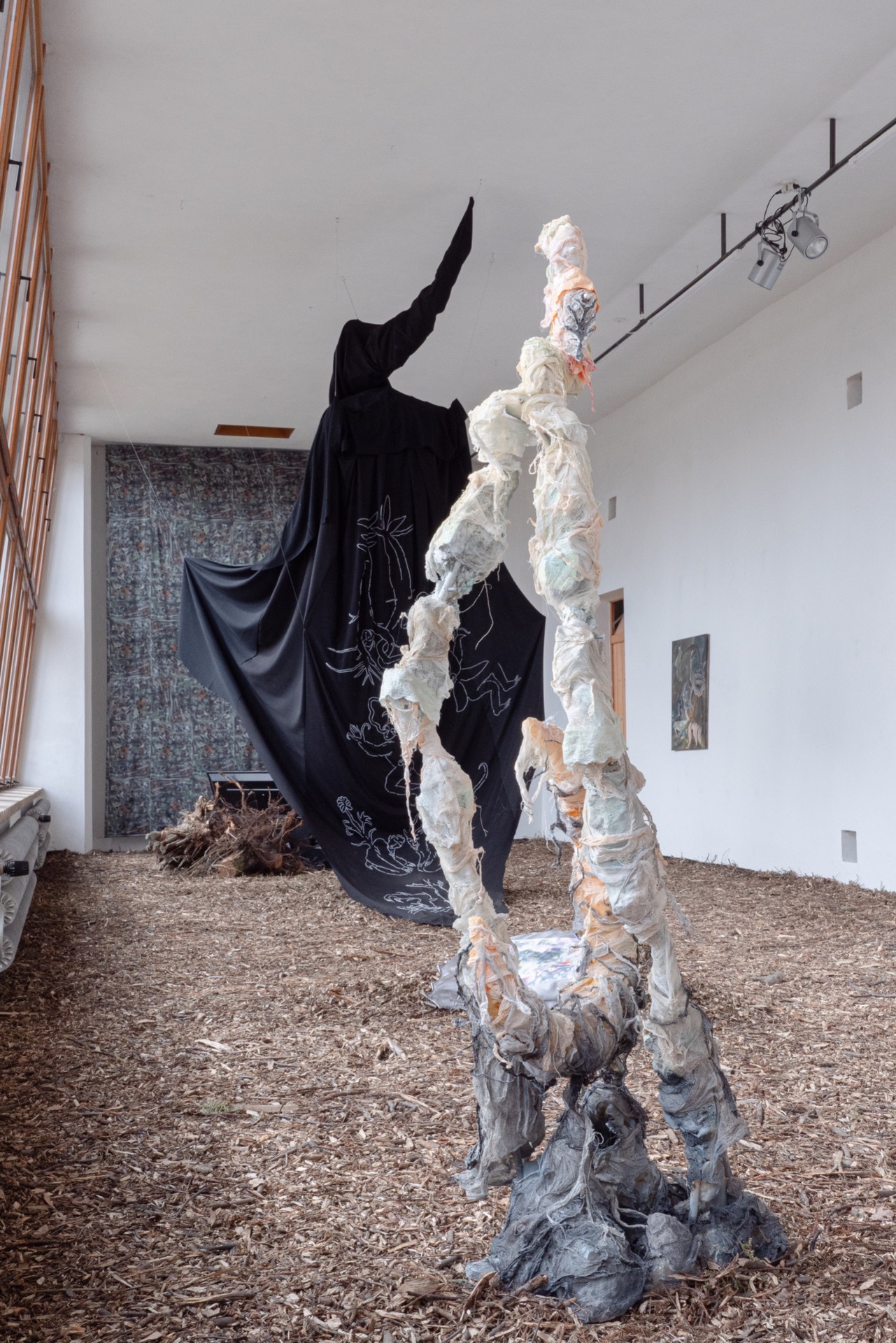
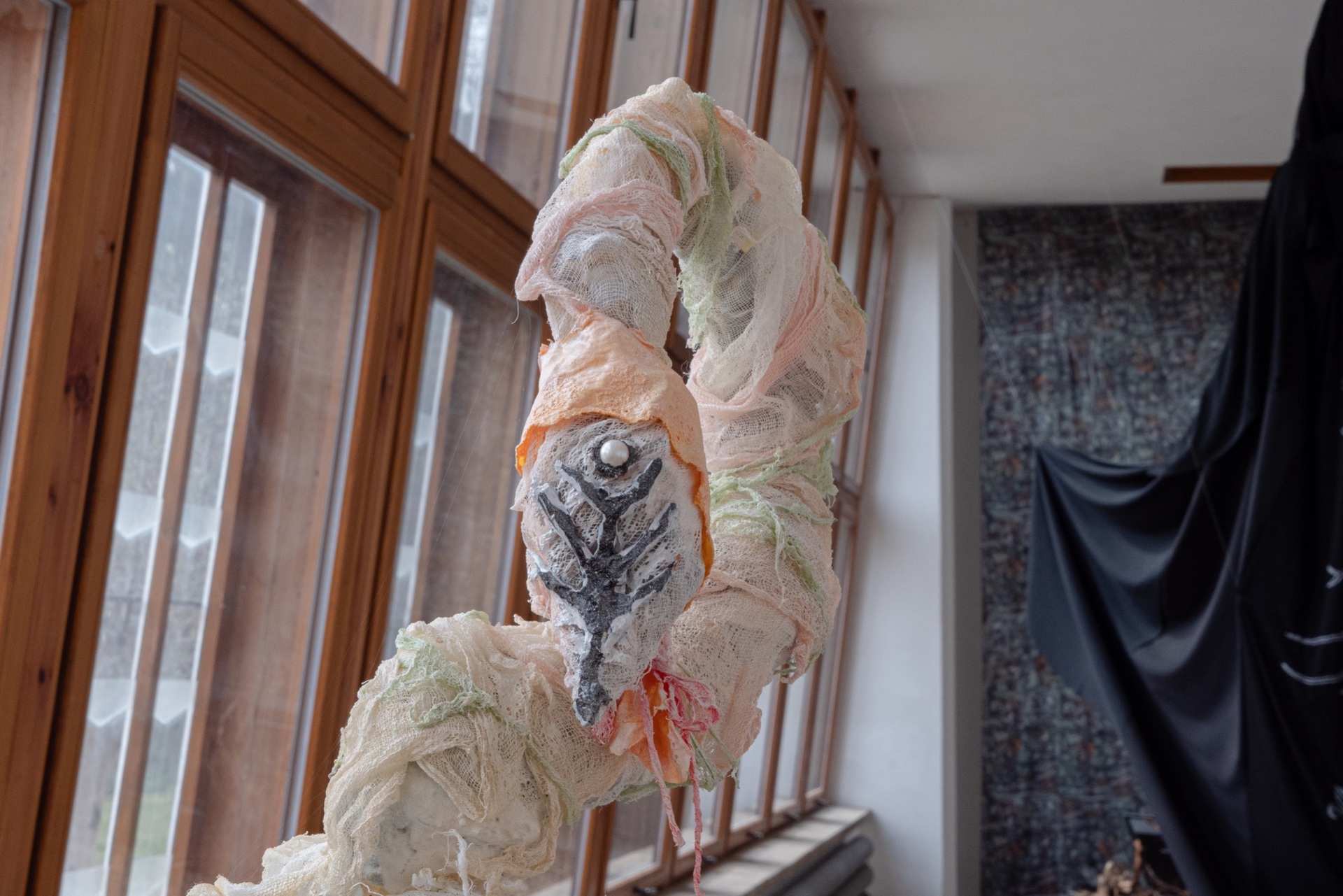
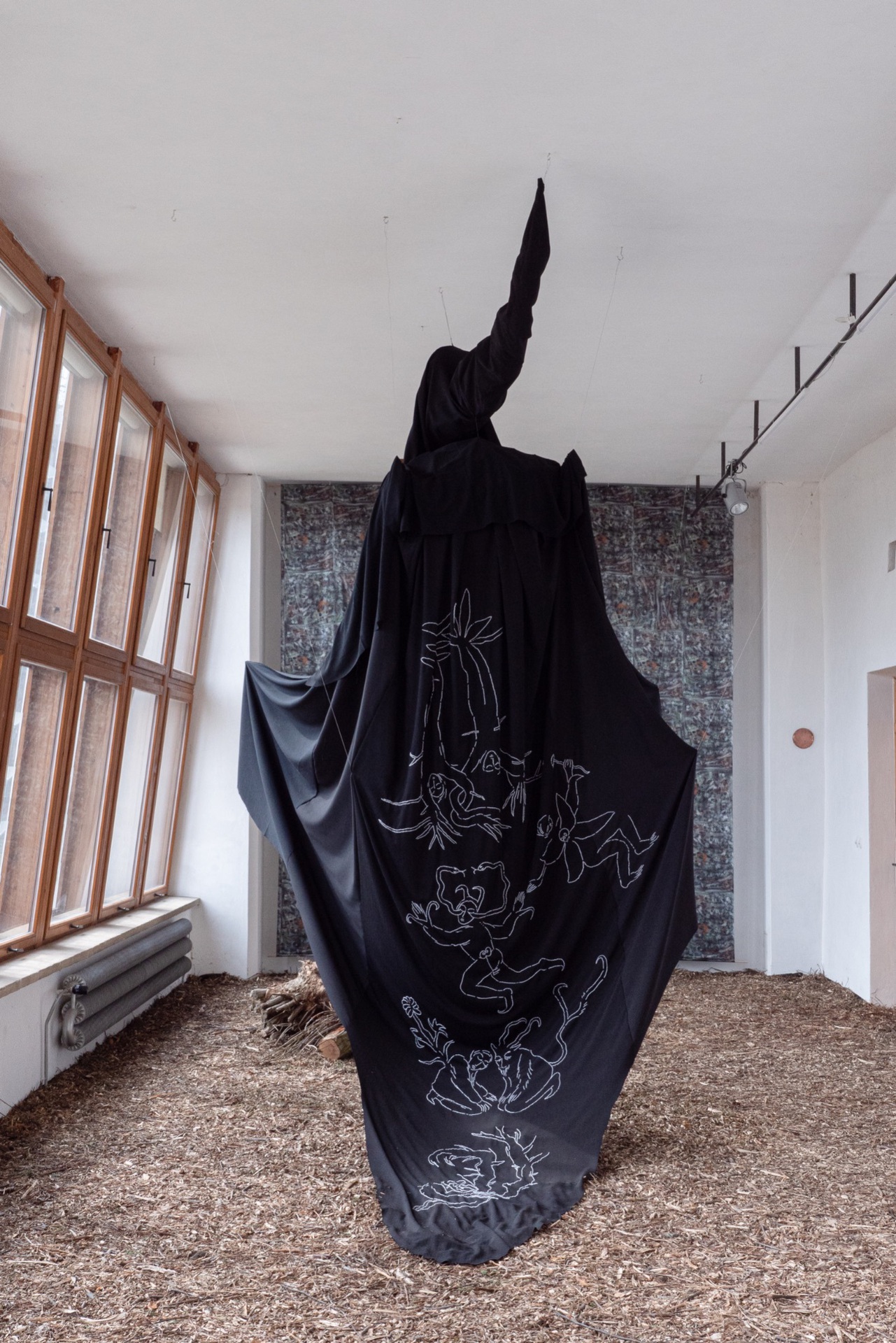
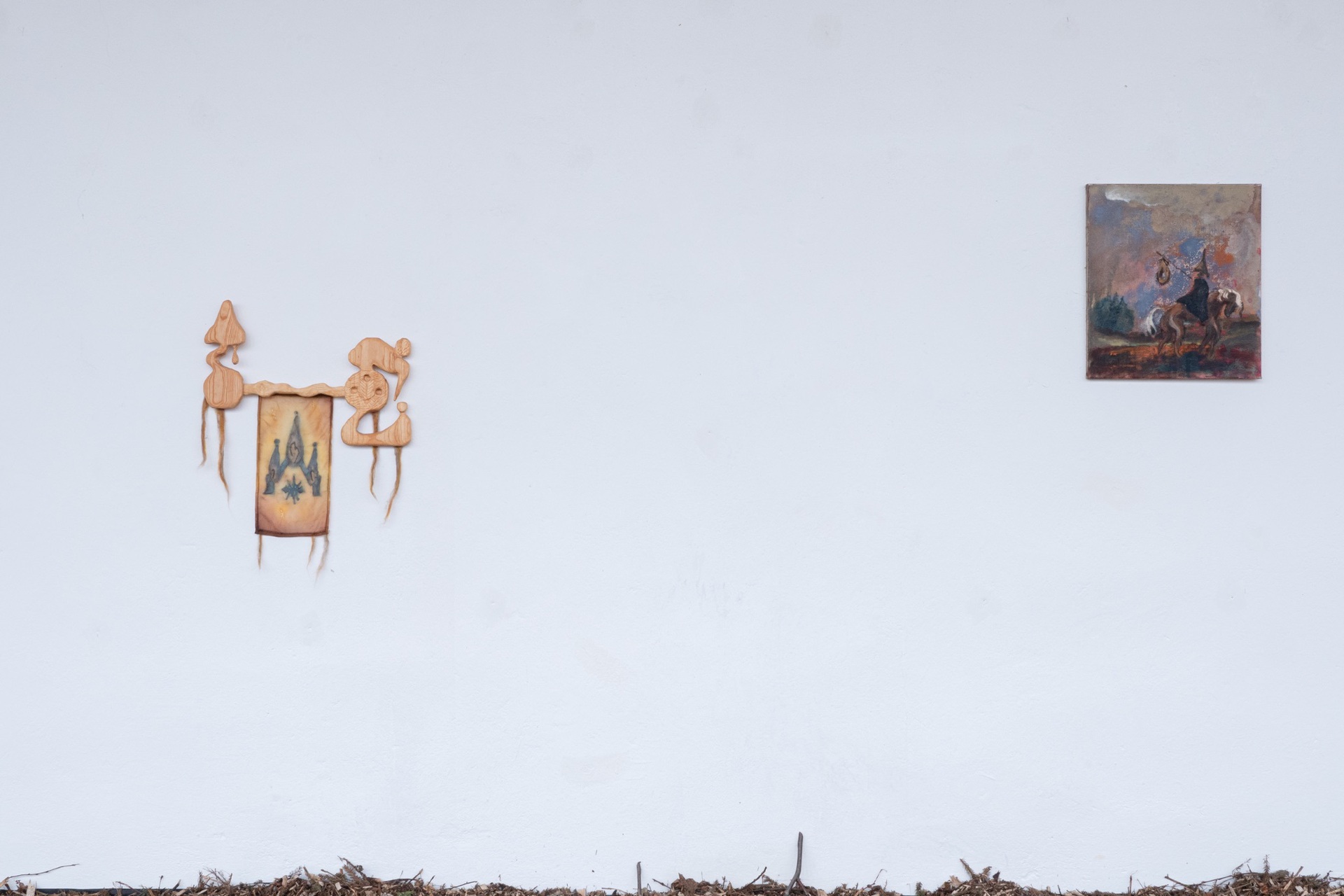
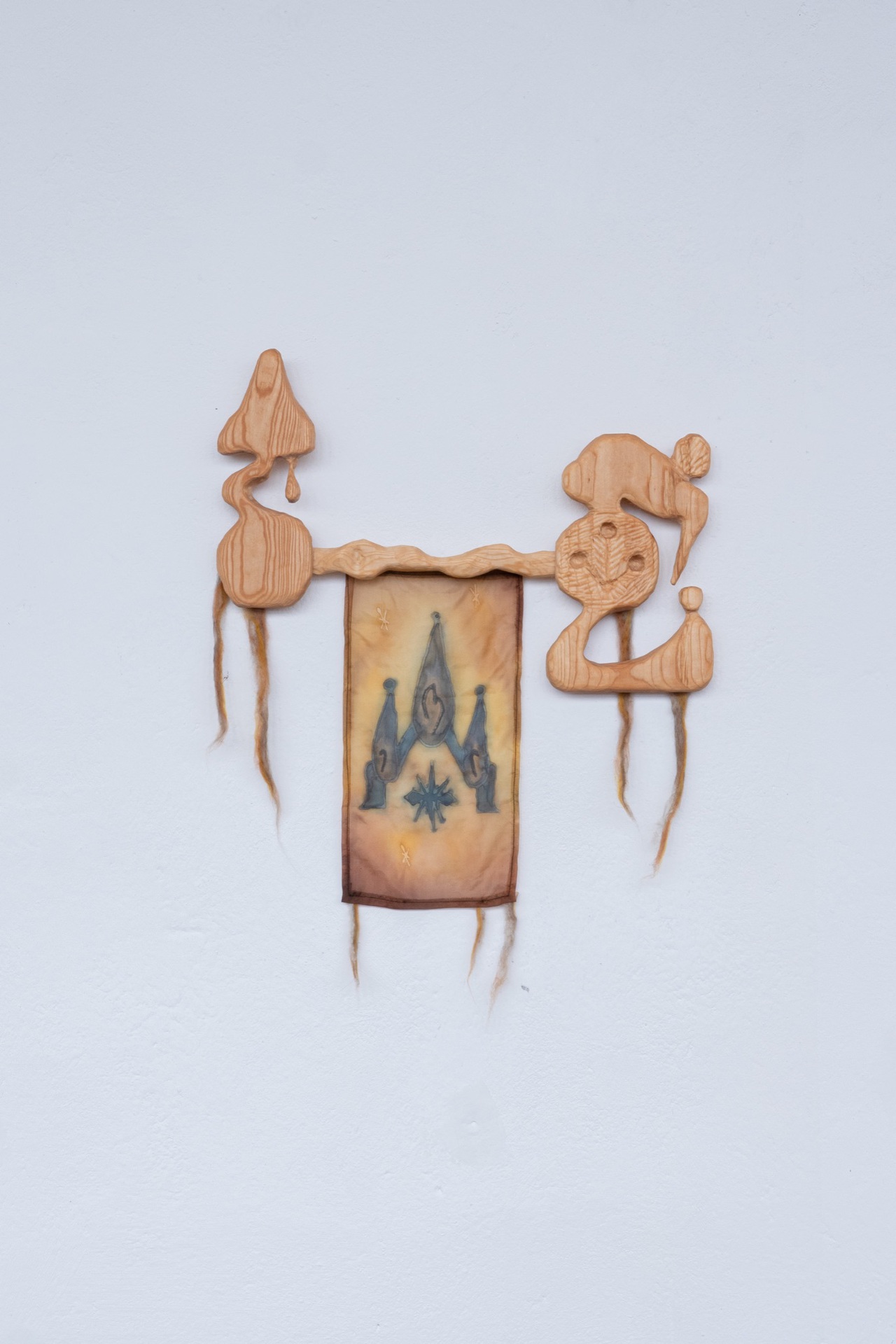


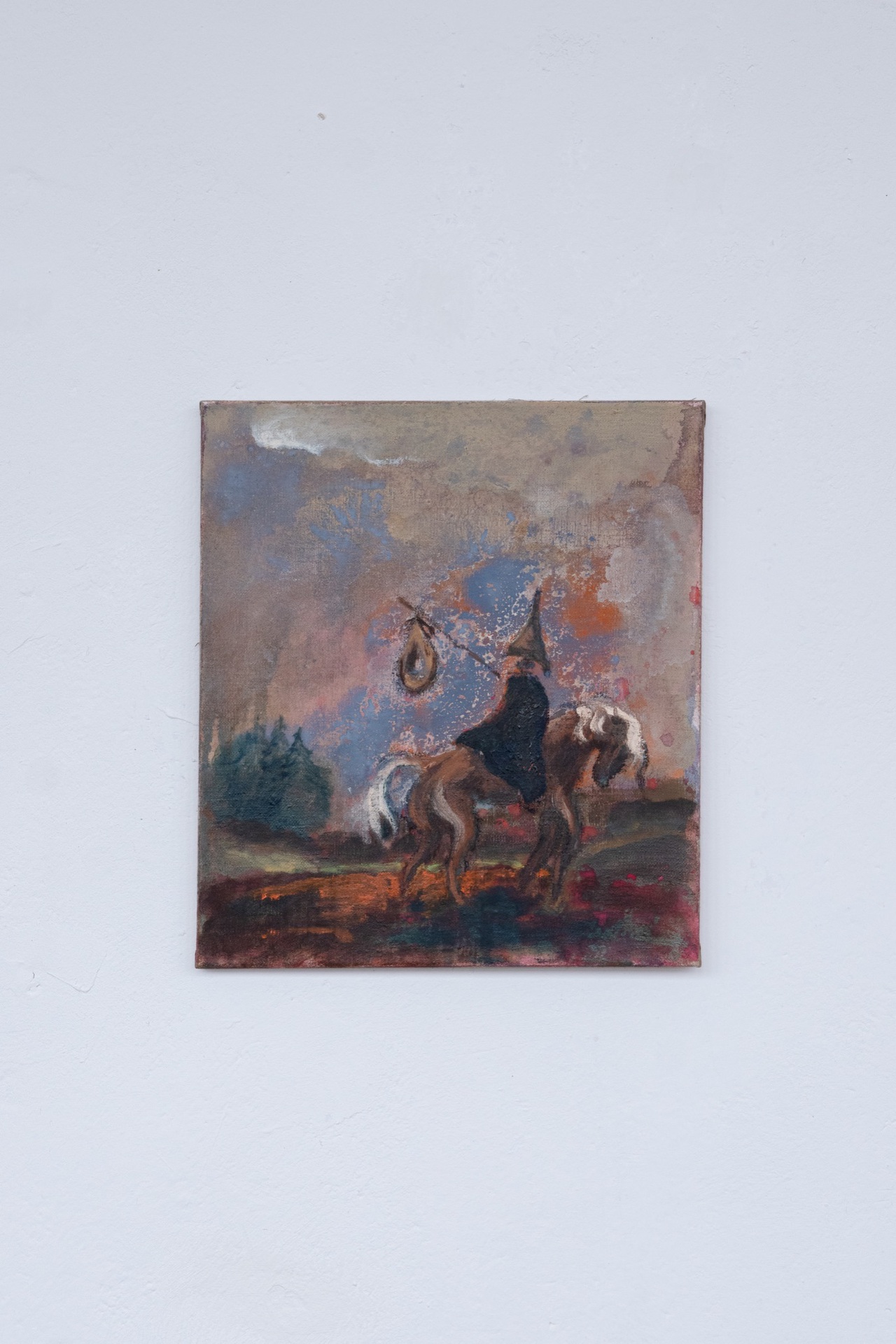
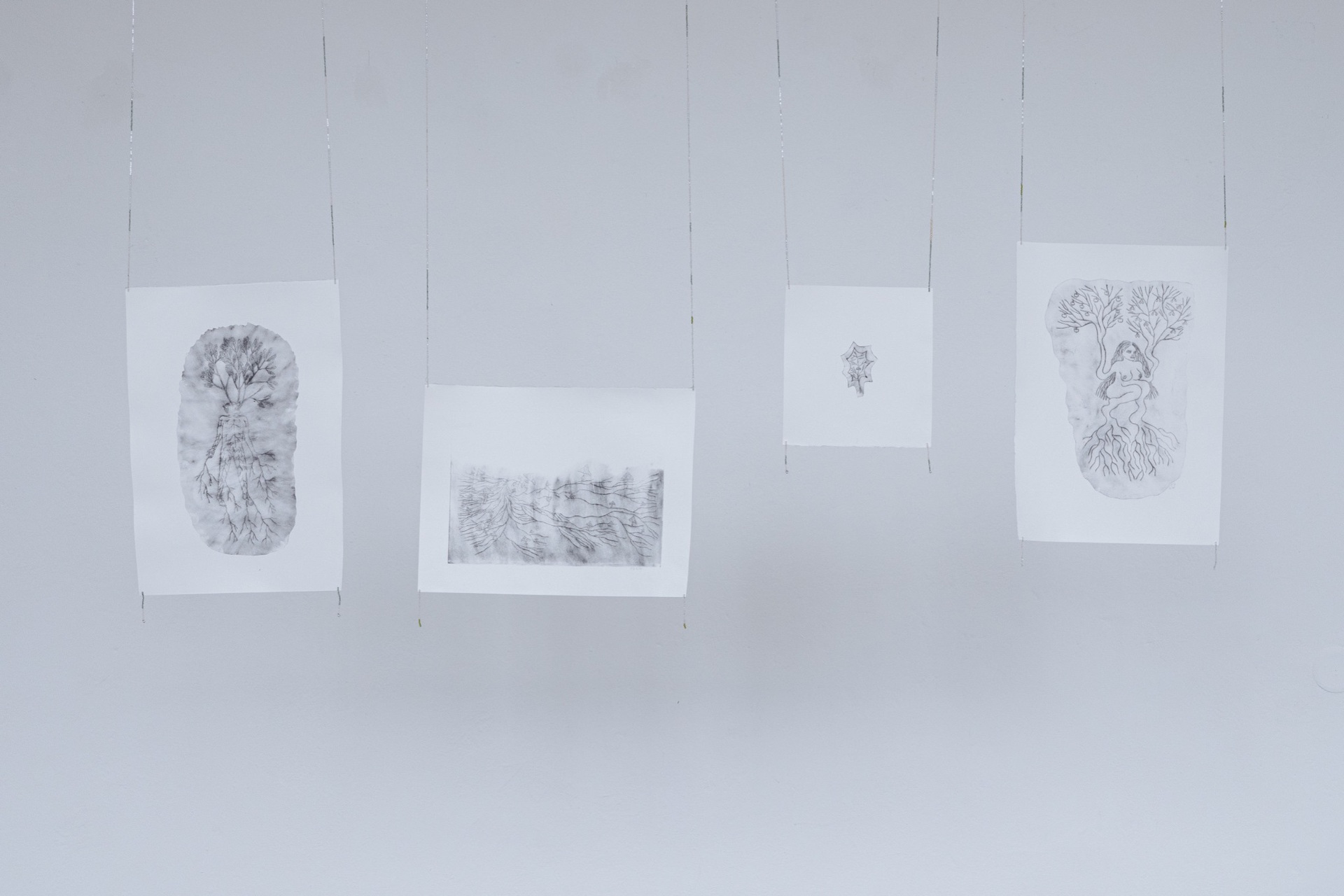
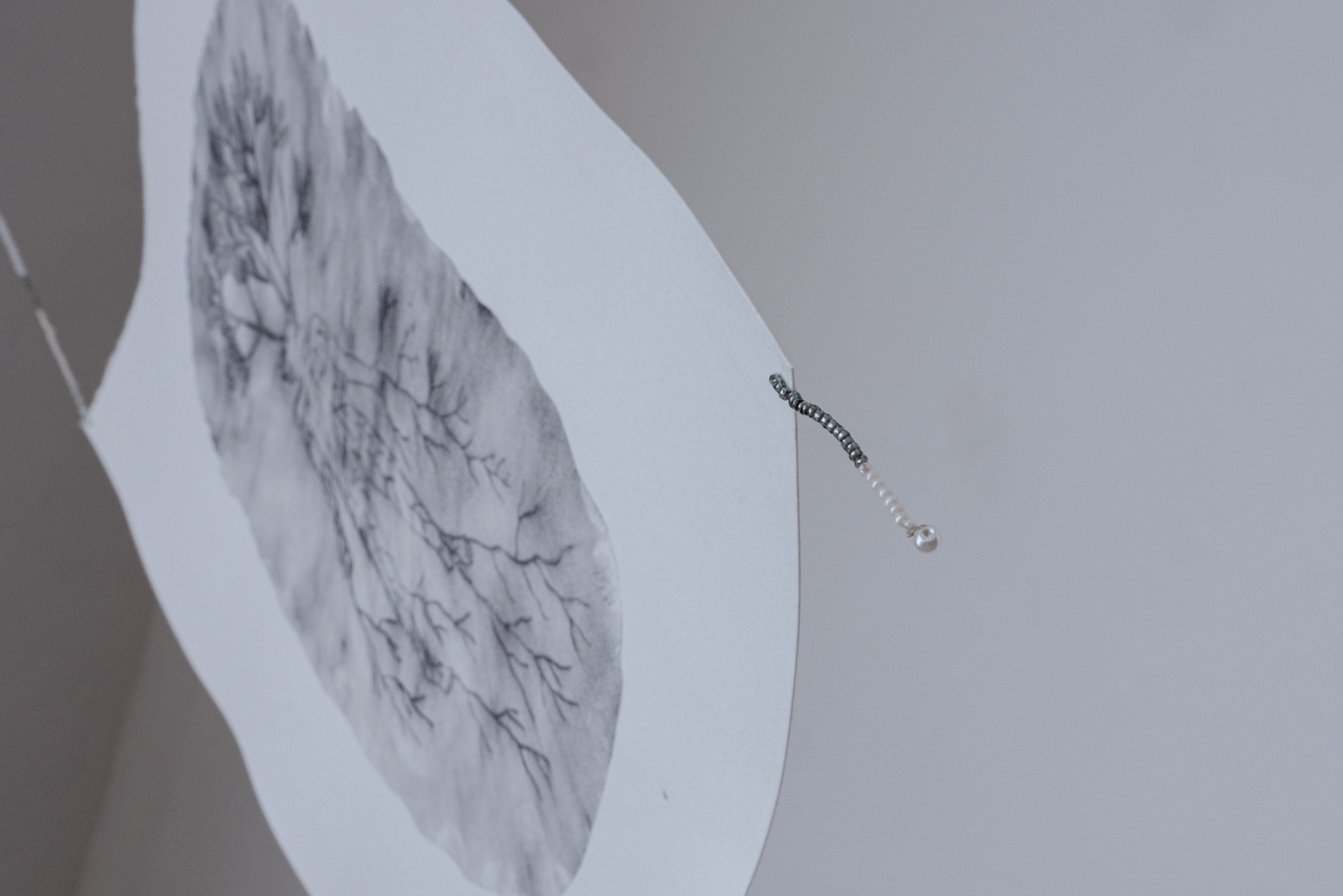
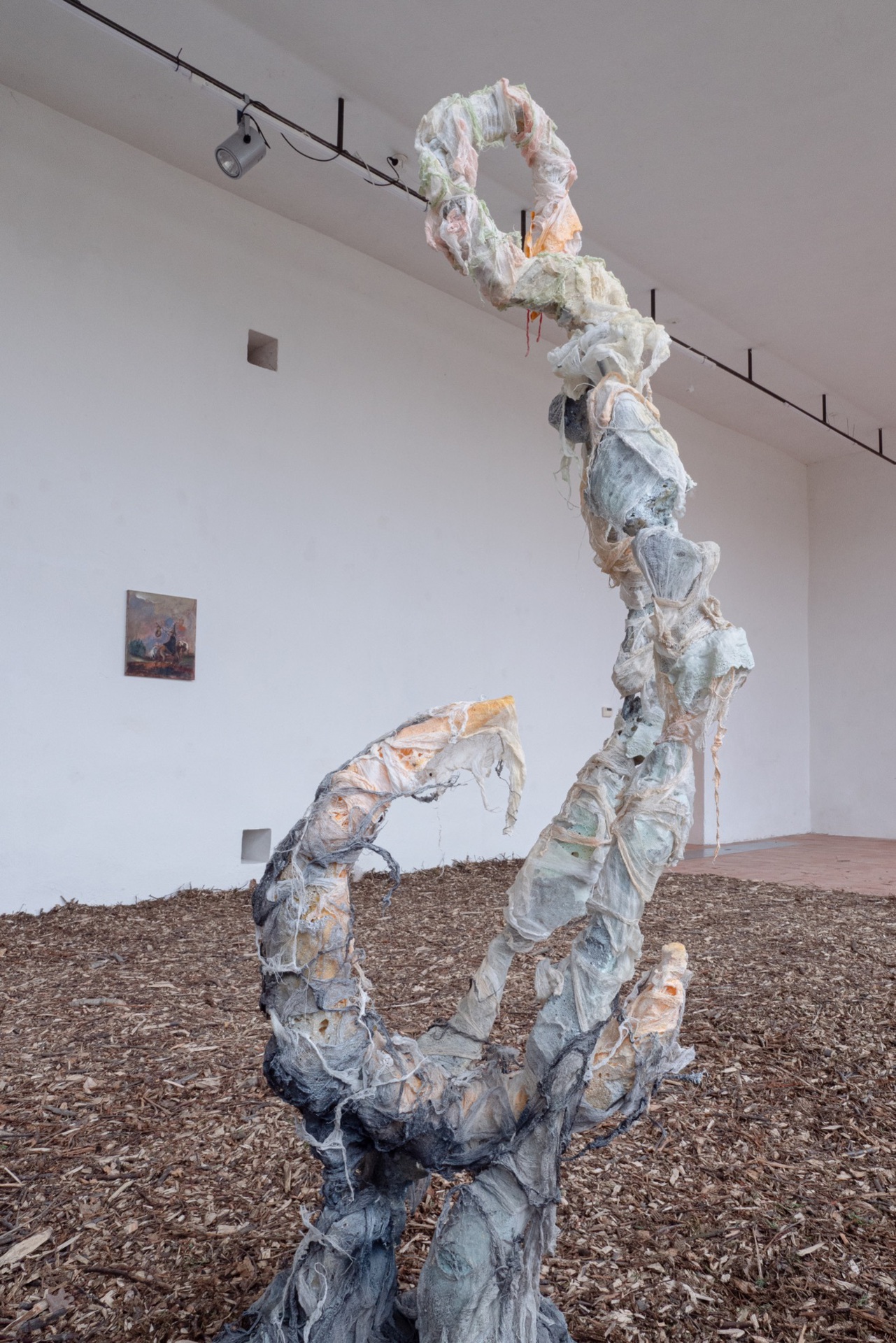
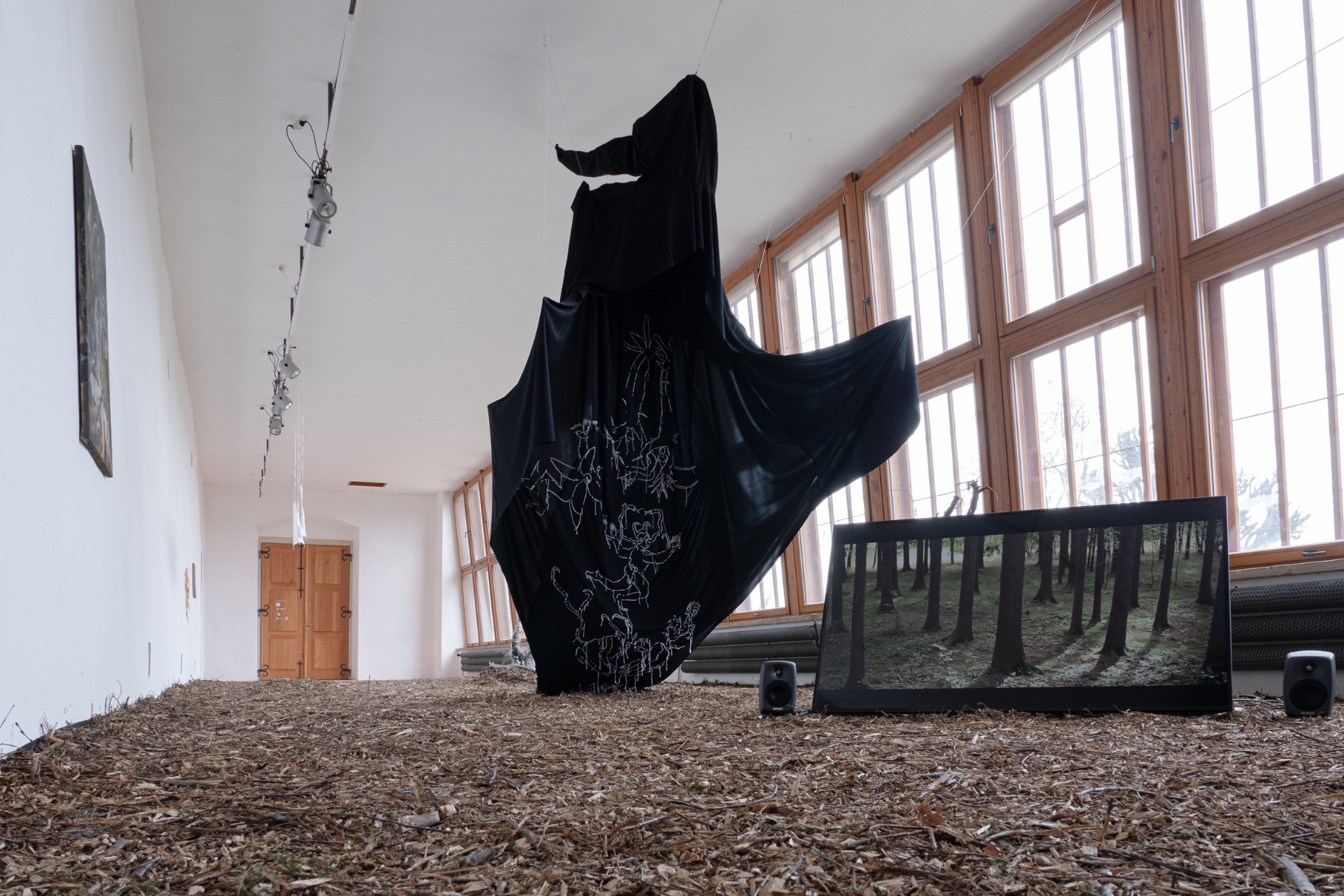

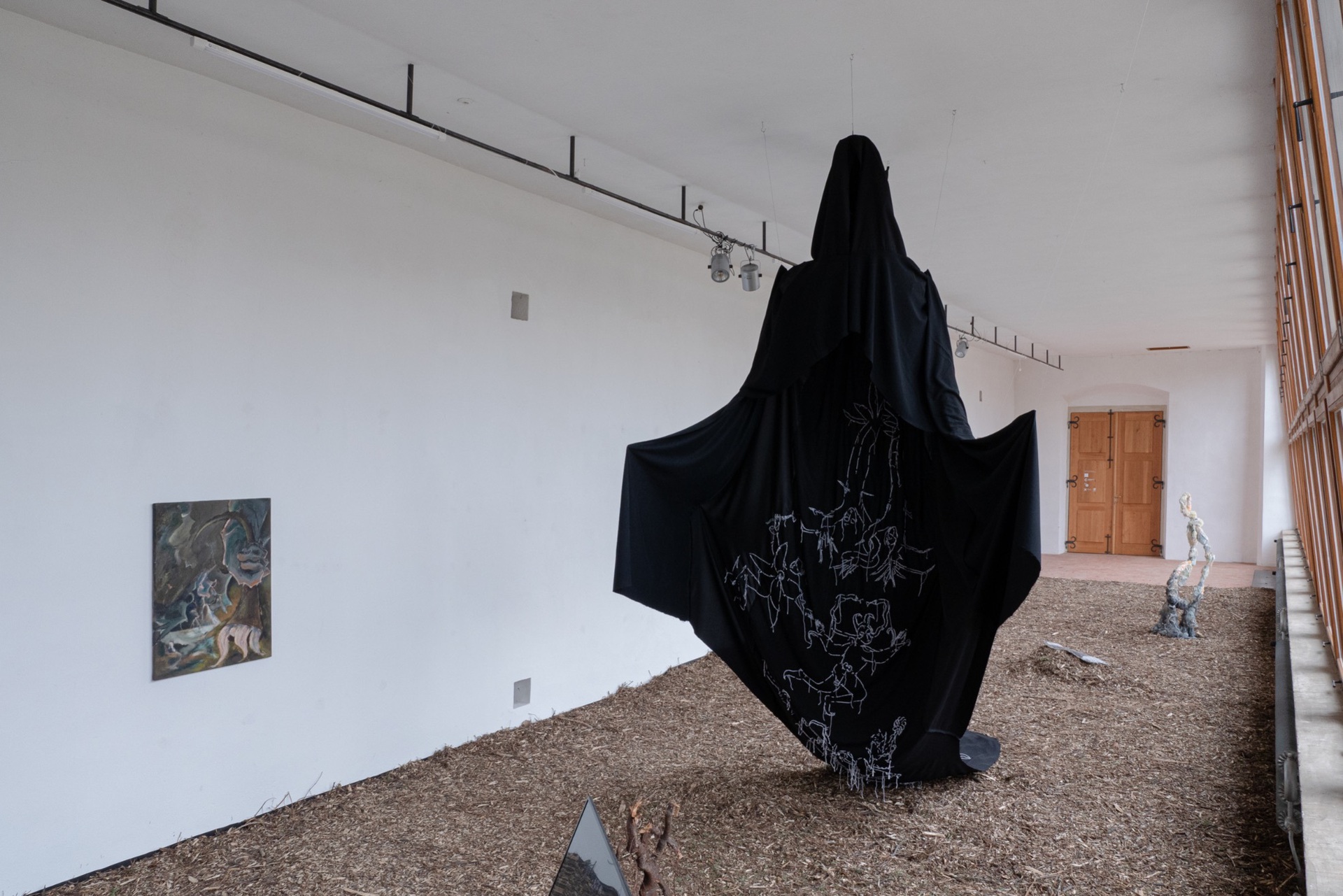
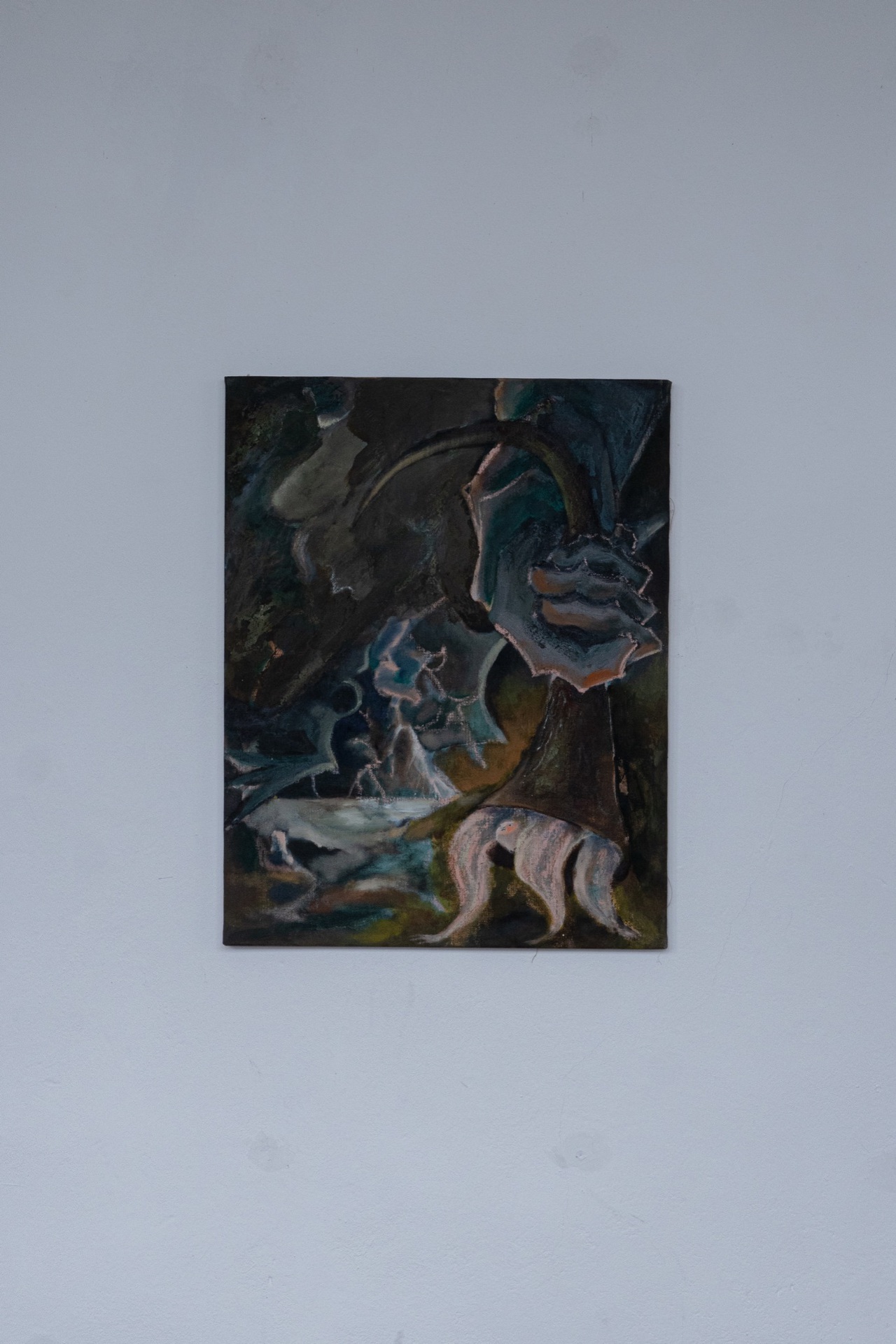


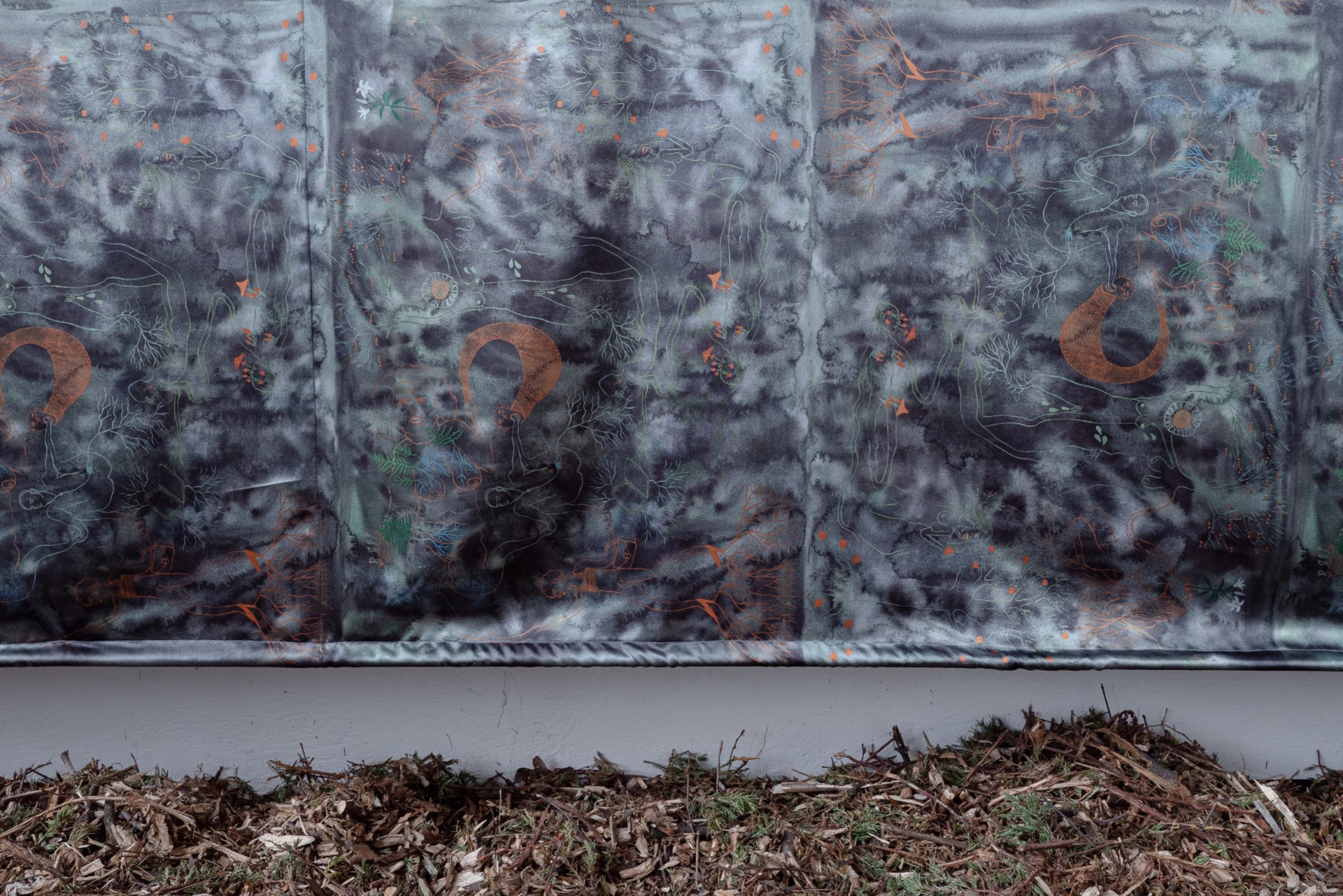
Location
Entrance GalleryCurator
Veronika ČechováPhotography
Martin BrazinaSubheadline
Štěpán Brož, Eva Jaroňová, Tereza Melková, Gabriela Palijová, Anna Slama&Marek DelongText
Advanced societies that depend on technology seem to be afraid of anything supernatural. They ridicule and
ostentatiously challenge any belief in rationally unexplainable phenomena, experiences and events. But what
to do in a
situation where “reliable” science and technology is failing and no longer able to mitigate our fear
of what is to come? What to do when we have come to realize that human inventions and conveniences are
in fact changing the life on our planet for the worse? Perhaps it is time to go back to the kind of knowledge
that is not based on rigorous scientific research, but which can nevertheless offer possible and viable
patterns of behavior in a
state of crisis.
Archetypal stories known in various forms across different cultures, such as myths, fables or fairy tales,
represent folk resources of learning and knowledge that have the potential to make us better understand
what is happening around. Their basic characteristic is also that we intuitively believe them from a
very
young age. There is something trustworthy and believable in their (often apparent) straightforwardness,
even though they are frequently teeming with non-existent entities. And their message is engrained in us
although we scornfully dismiss them later on, or even mock our childish naivety with which we saw them as
real. And in the times of a
crisis, we secretly rely on them, hoping that their legacy telling us that we will
overcome the hardships and reach a
“happy ending” is valid.
The authors of the works included in the exhibition entitled Tales from the Dark Forest are not afraid of
mystery stories. Their work confirms the relevance of fantastic realms and the idea of supernatural forces
that interfere in human destinies in terms of art even in a
world that has nearly abandoned ancient customs
that are based on natural rhythms and bordering on magical rituals. And the fact that they too are able to
take a
critical distance and provide their work with an ironic touch does not decrease the relevance of their
focus.
The artistic duo
Anna Slama and Mark Delong
have long been inventing and creating their own mythology.
Their artworks stemming from their rich imagination often thematise supernatural beings and their world.
The artifacts in the form of sculptures and carved reliefs often make the impression that they have been
made by the inhabitants of a
world beyond ours and formed by non-human hands.
In
Eva Jaroňová’s
drawings and prints, all the classical dualities that humankind has defined during its
evolution are organically intertwined: the natural versus the artificial, nature versus technology, humans
versus other entities inhabiting the Earth, and the male versus the female element. However, in the scenes
depicted this division is overcome and there is a
symbiosis and close interconnection of all of the above. The
scenes are reminiscent of references to fertility rituals, have a
strong erotic charge and can be perceived as
a
sort of 21st century paganism.
24. 3. 2022
–29. 5. 2022
Thu–Sun 12–6 PM
T
ales from
the Dark
Fo
rest
Gabriela P
alij
ov
á,
A
nna Slama & Marek Delong
curated by
Veronika Čechová
Štěpán Brož’s
paintings show a
fascination with the Middle Ages which inspire his selection of naturally
romantic motifs of pilgrims moving through idyllic landscapes, players with period musical instruments,
settings and interactions reminiscent of history lessons and popular heroic fantasy literature. However,
a
closer look reveals the presence of elements of contemporary civilization that leave the viewer wondering
in what period (real or fictional? past or future?) and in what world the story is set, and what it is telling us
about our history and our future course.
In addition to her architectural work,
Tereza Melková
makes embroidery on utility and decorative fabrics
–
often leftovers and used materials. Her motifs are reminiscent of medieval woodcuts and illustrations of
ancient stories in which people bearing the attributes of the Christian religion
– religious orders, monks and
nuns
– often appear side by side with the biggest “scarecrows” of the same iconography
– devils, devilish
goblins or other monsters. Another thematic line is represented by figures on the borderline between human
corporeality and other natural forms. Resulting are anthropomorphic plant and animal beings symbolizing
the interconnectedness of the human species with other living co-inhabitants of a
shared environment.
The interconnectedness of humans with nature is also the subject of
Gabriela Palijová’s
video entitled And
What If. This short film evokes a
wide range of genres, from Asian epic wu-sia films, through intimate dream
narratives to music-dance video clips. The artist’s
voiceover charts out a
new order of things, in which the
lives of trees and humans are intrinsically intertwined, and one can give rise to the other producing new
moral imperatives and shared responsibilities.
Veronika Čechová